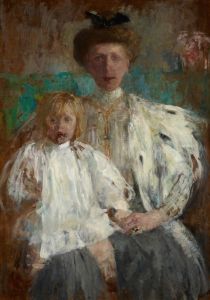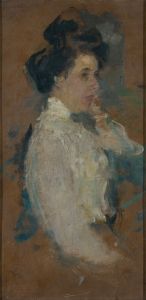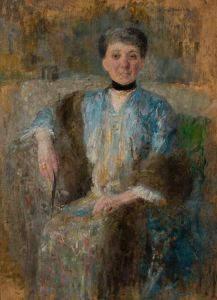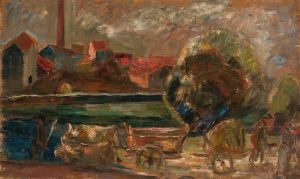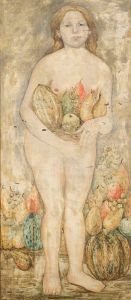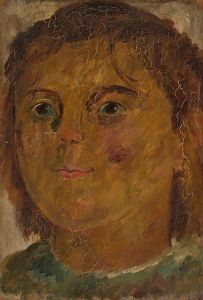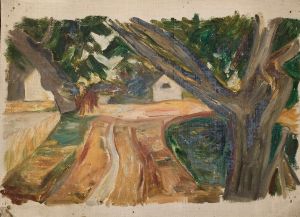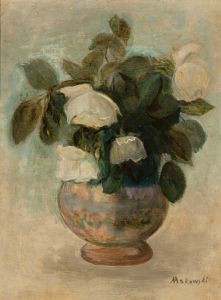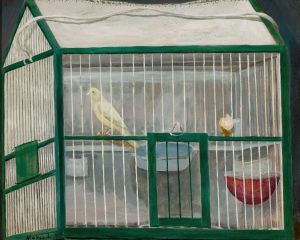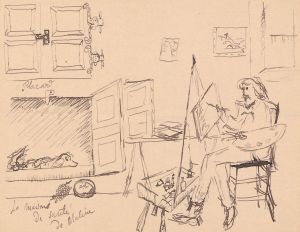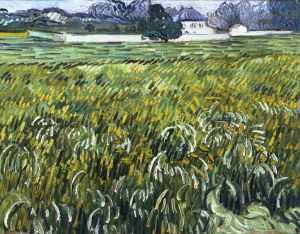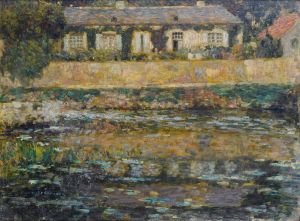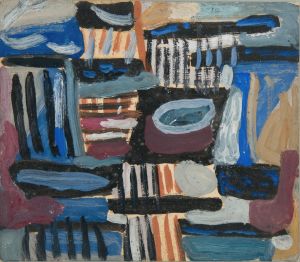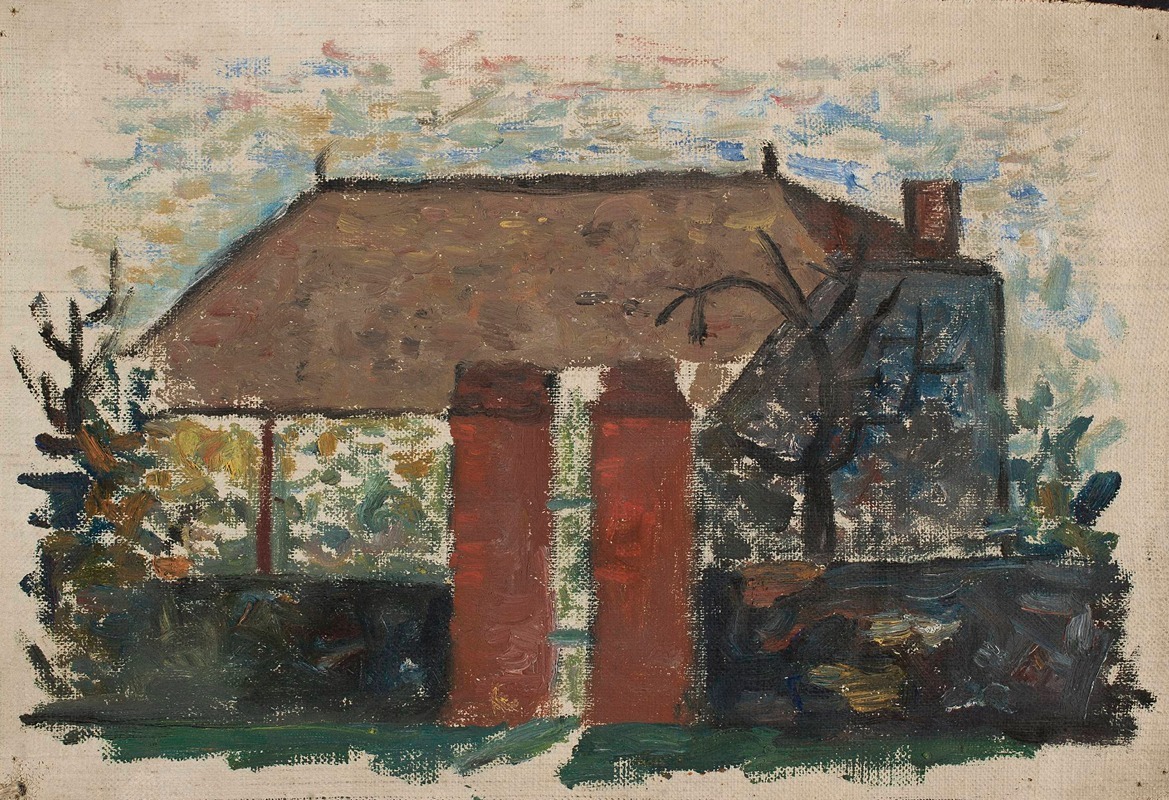
House with a red gate
A hand-painted replica of Tadeusz Makowski’s masterpiece House with a red gate, meticulously crafted by professional artists to capture the true essence of the original. Each piece is created with museum-quality canvas and rare mineral pigments, carefully painted by experienced artists with delicate brushstrokes and rich, layered colors to perfectly recreate the texture of the original artwork. Unlike machine-printed reproductions, this hand-painted version brings the painting to life, infused with the artist’s emotions and skill in every stroke. Whether for personal collection or home decoration, it instantly elevates the artistic atmosphere of any space.
Tadeusz Makowski was a Polish painter known for his distinctive style that combined elements of folk art, symbolism, and modernism. Born on January 29, 1882, in Oświęcim, Poland, Makowski initially studied classical philology at the Jagiellonian University in Kraków before turning to art. He later attended the Academy of Fine Arts in Kraków, where he studied under prominent Polish artists such as Józef Mehoffer and Jan Stanisławski. Makowski's early works were influenced by the Young Poland movement, which emphasized a return to folk traditions and a focus on national identity.
In 1908, Makowski moved to Paris, where he became part of the vibrant artistic community. During his time in France, he was influenced by the works of Paul Cézanne and the Cubist movement, which led to a transformation in his artistic style. Makowski's paintings began to feature simplified forms and a focus on geometric shapes, while still retaining a sense of narrative and emotion.
"House with a Red Gate" is one of Makowski's notable works, although specific details about the painting's creation and history are limited. The painting exemplifies Makowski's unique style, which often included depictions of rural life, children, and everyday scenes imbued with a sense of whimsy and nostalgia. His use of color and form in "House with a Red Gate" reflects his interest in capturing the essence of his subjects through a blend of realism and abstraction.
Makowski's work is characterized by its childlike simplicity and charm, often featuring small, doll-like figures and quaint, idyllic settings. This approach can be seen in "House with a Red Gate," where the composition likely includes a focus on the titular red gate, serving as a focal point that draws the viewer's attention. The use of color in Makowski's paintings is typically vibrant yet harmonious, contributing to the overall mood and atmosphere of the scene.
Throughout his career, Makowski remained deeply connected to his Polish roots, even while living abroad. His art often reflects a longing for the simplicity and innocence of rural life, a theme that resonates in many of his works. Despite the challenges of living through turbulent times, including World War I and the interwar period, Makowski continued to produce art that celebrated the beauty and resilience of everyday life.
Tadeusz Makowski passed away on November 1, 1932, in Paris, leaving behind a legacy of work that continues to be celebrated for its unique blend of modernist techniques and traditional themes. His paintings are held in various collections, including the National Museum in Warsaw and the Musée National d'Art Moderne in Paris.
While specific information about "House with a Red Gate" may be scarce, the painting remains an example of Makowski's ability to convey emotion and narrative through his distinctive artistic vision. His work continues to be appreciated for its contribution to the development of modern art in Poland and its enduring appeal to audiences worldwide.





